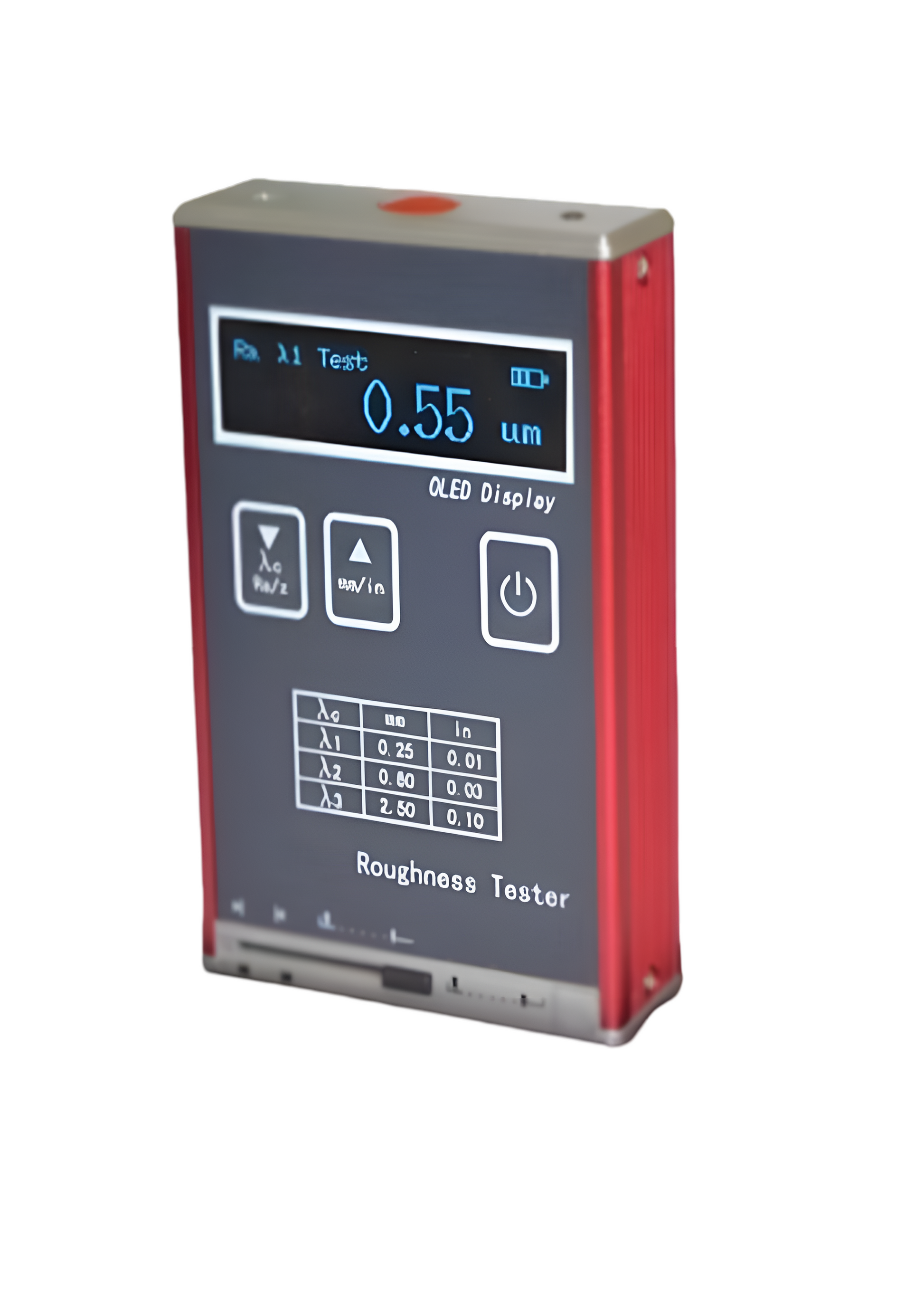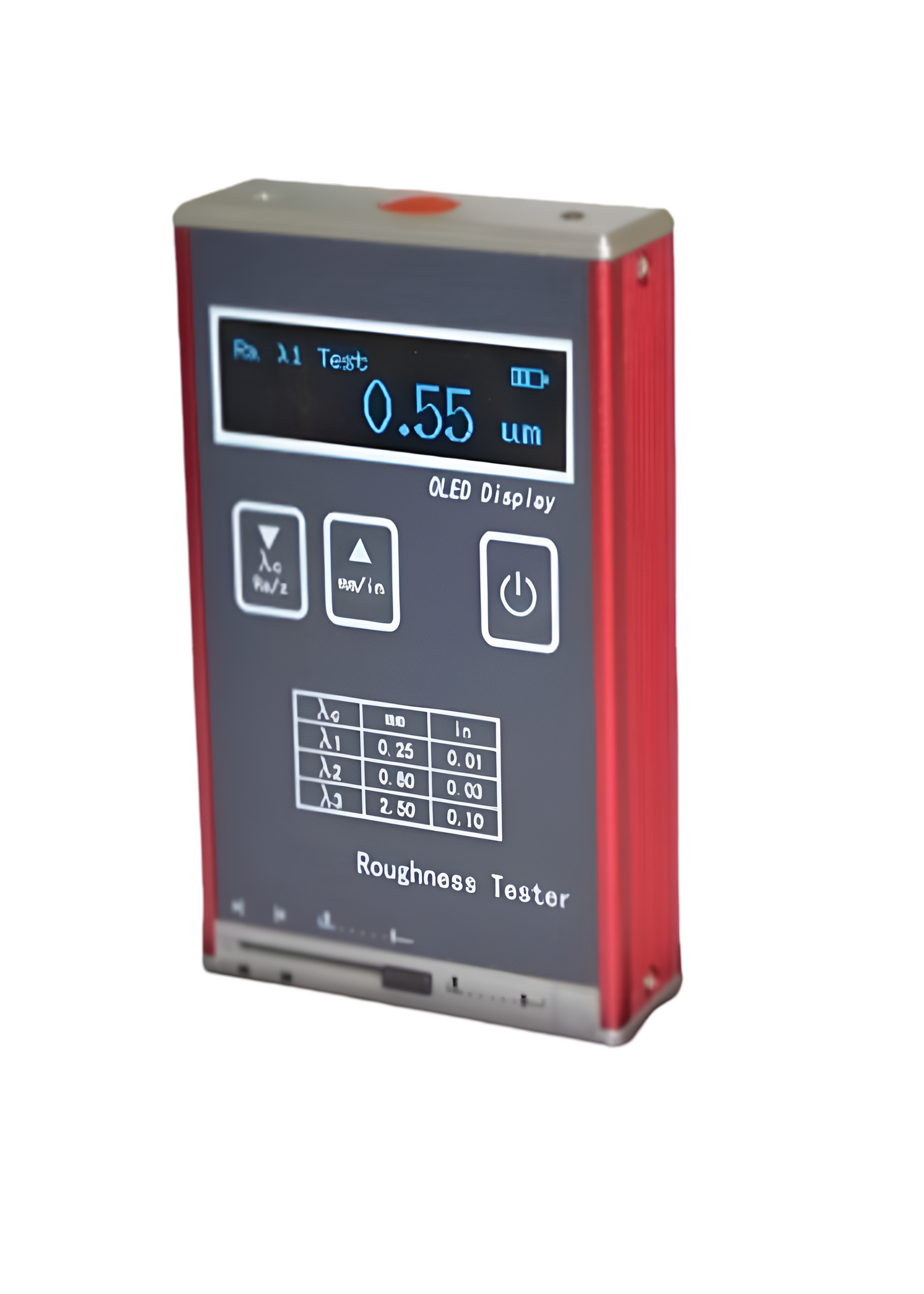| FEATURES | |
|---|---|
| 1 | Pocket-size & economical price |
| 2 | Large measuring range suitable for most materials |
| 3 | Measures flat, outer cylinder and sloping surface |
| 4 | Both Ra and Rz parameters in one instrument |
| 5 | Features external calibration at keyboard |
| 6 | Standard conform to ISO and DIN |
| 7 | Rechargeable batteries, work while charging |
| 8 | TR110 is equipped with Li-ion battery and backlight |
| MEANING OF DIFFERENT PARAMETERS | |
| Ra | Arithmatic Mean Deviation of the Profile – the arithmetic mean value of the deviation of the profile within the sampling length |
| Rz | The maximum height of irregularities – the distance between the maximum depth of the profile peaks and the maximum depth of the profile valleys within the sampling range |
| Rq | Root mean square deviation of the profile of deviation |
| Rt | Total peak to valley height – the sum of the height of the highest peak and the depth of the deepest valley over the evaluation length |


